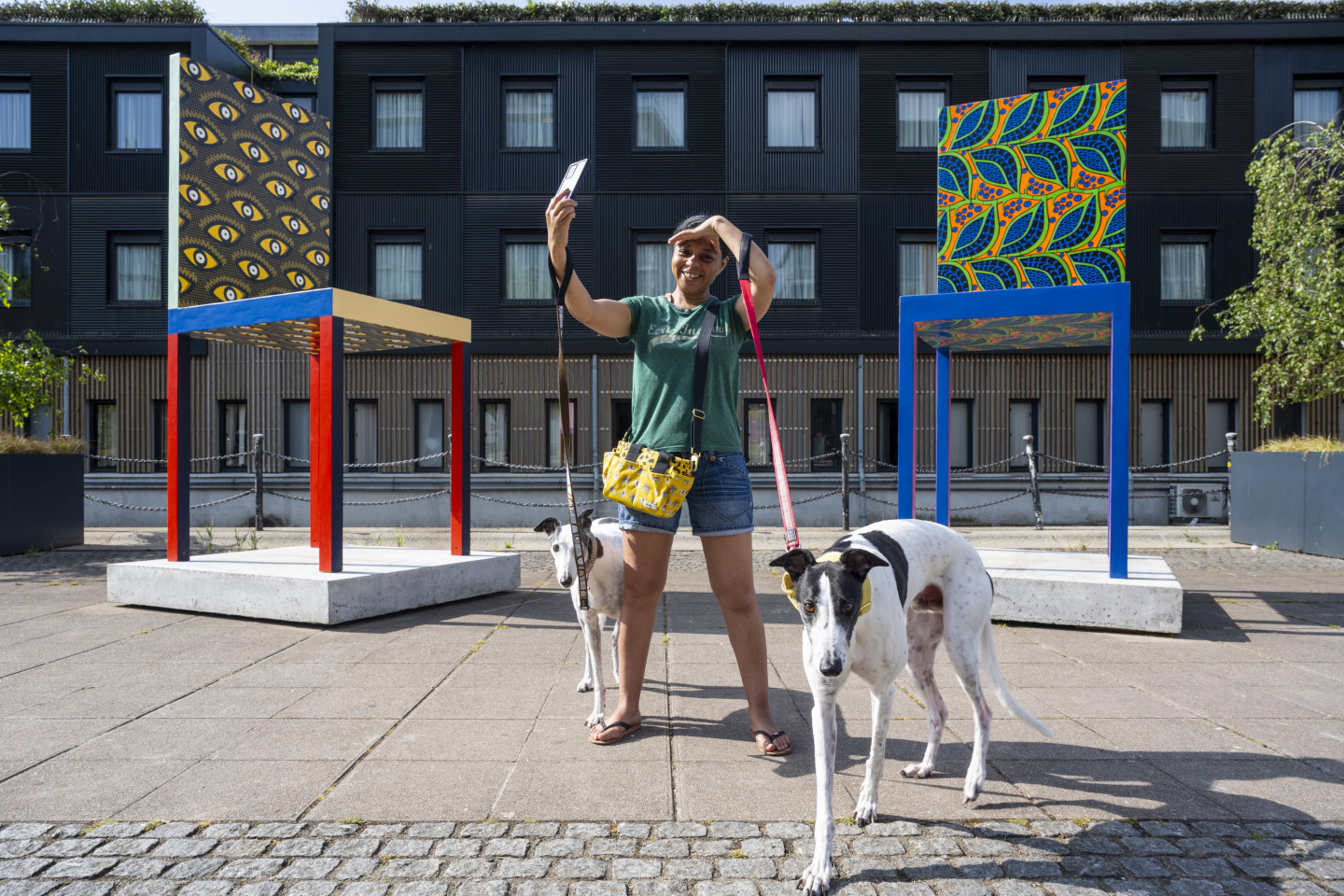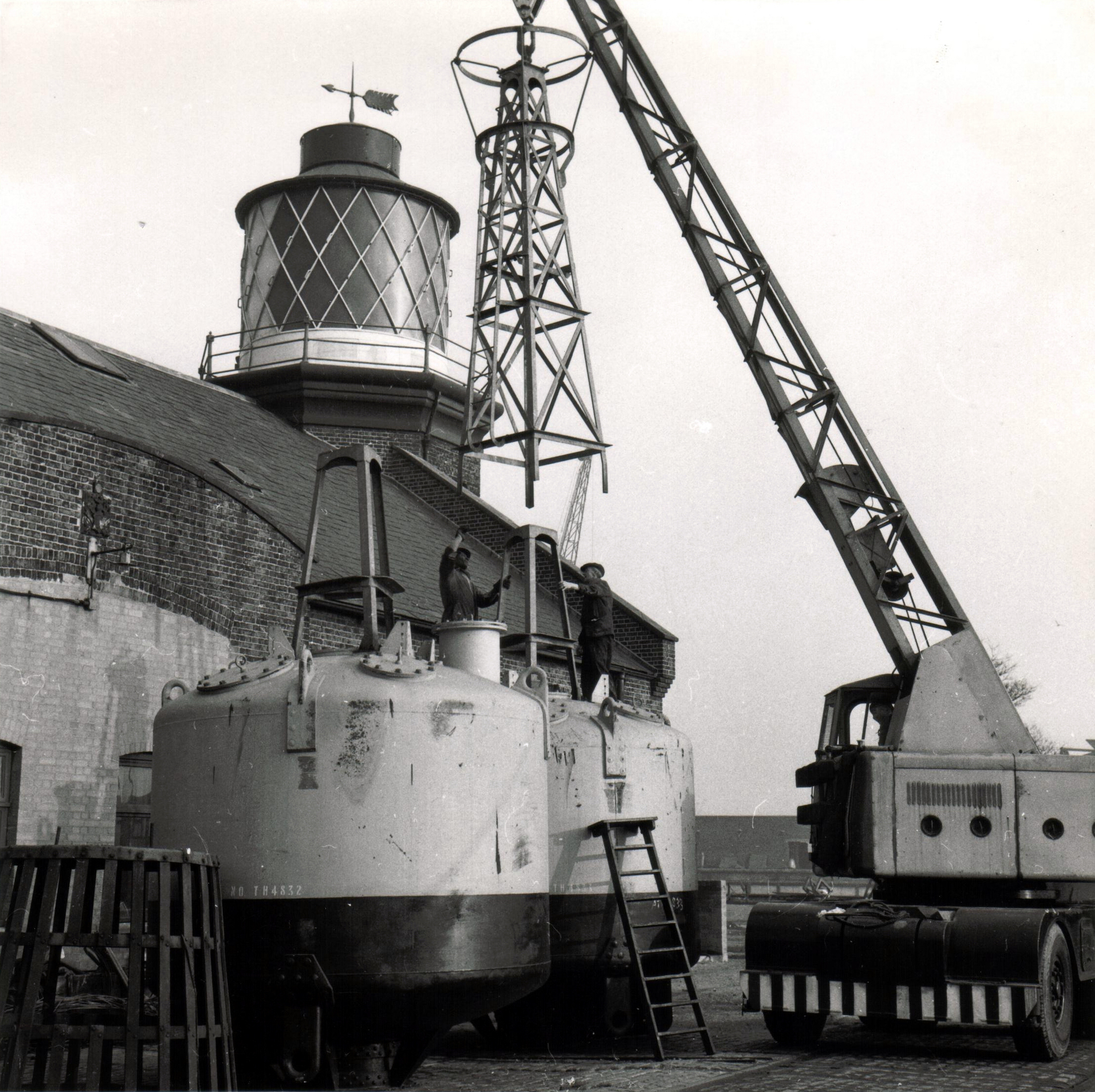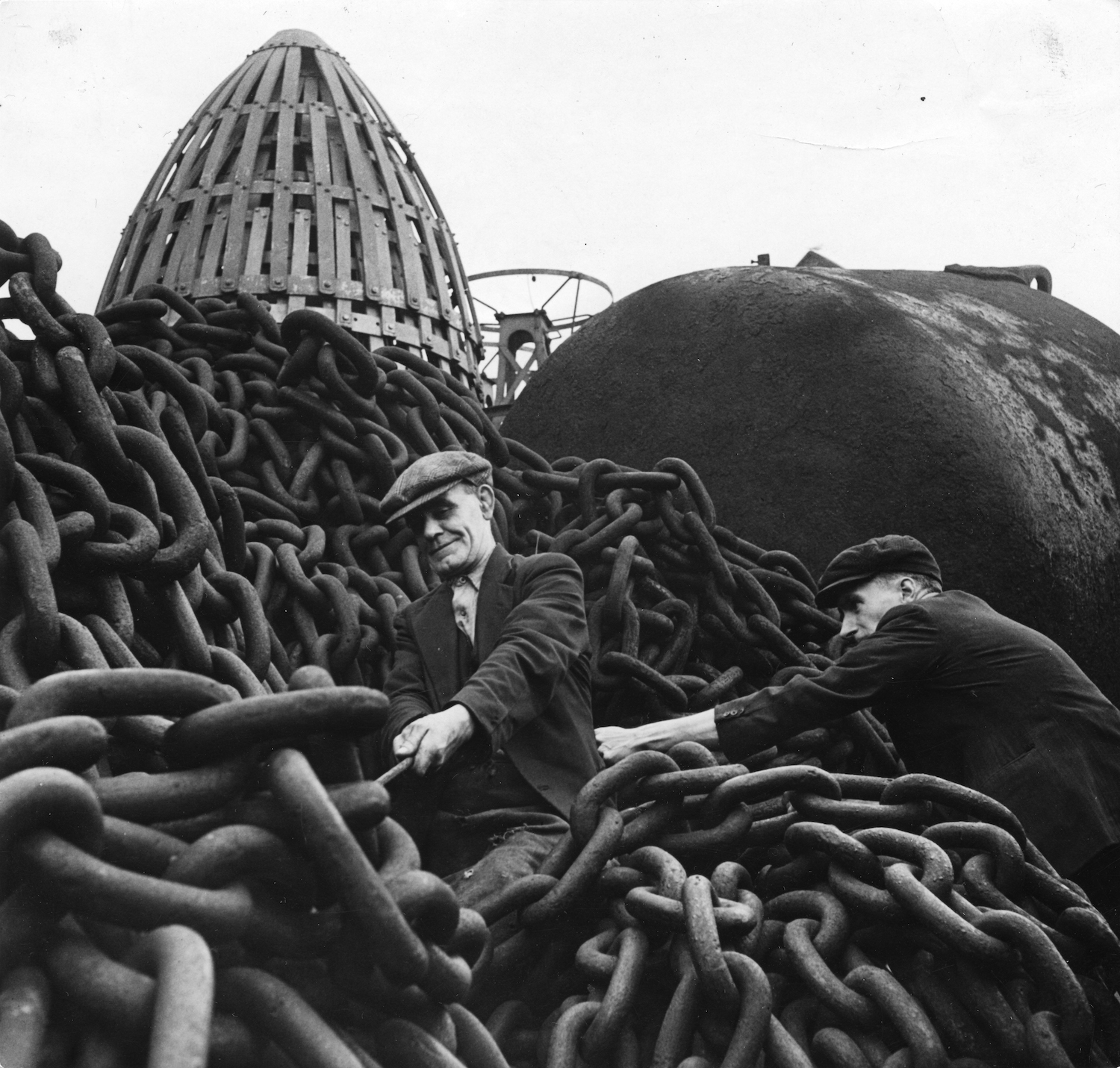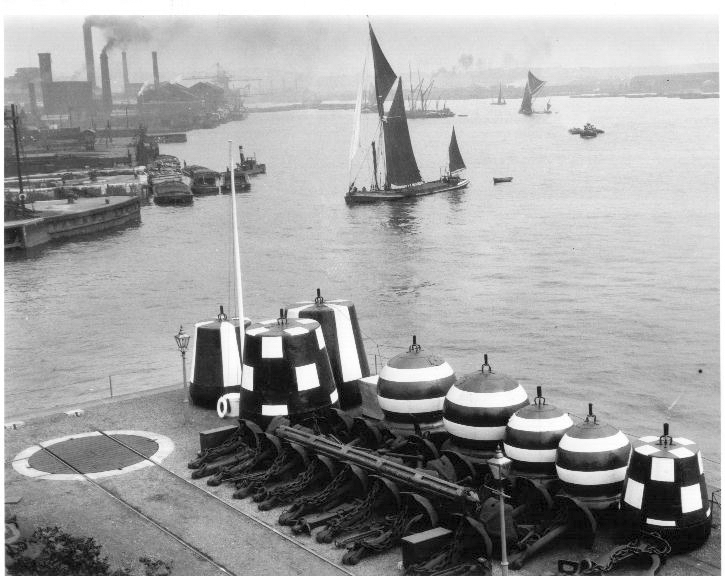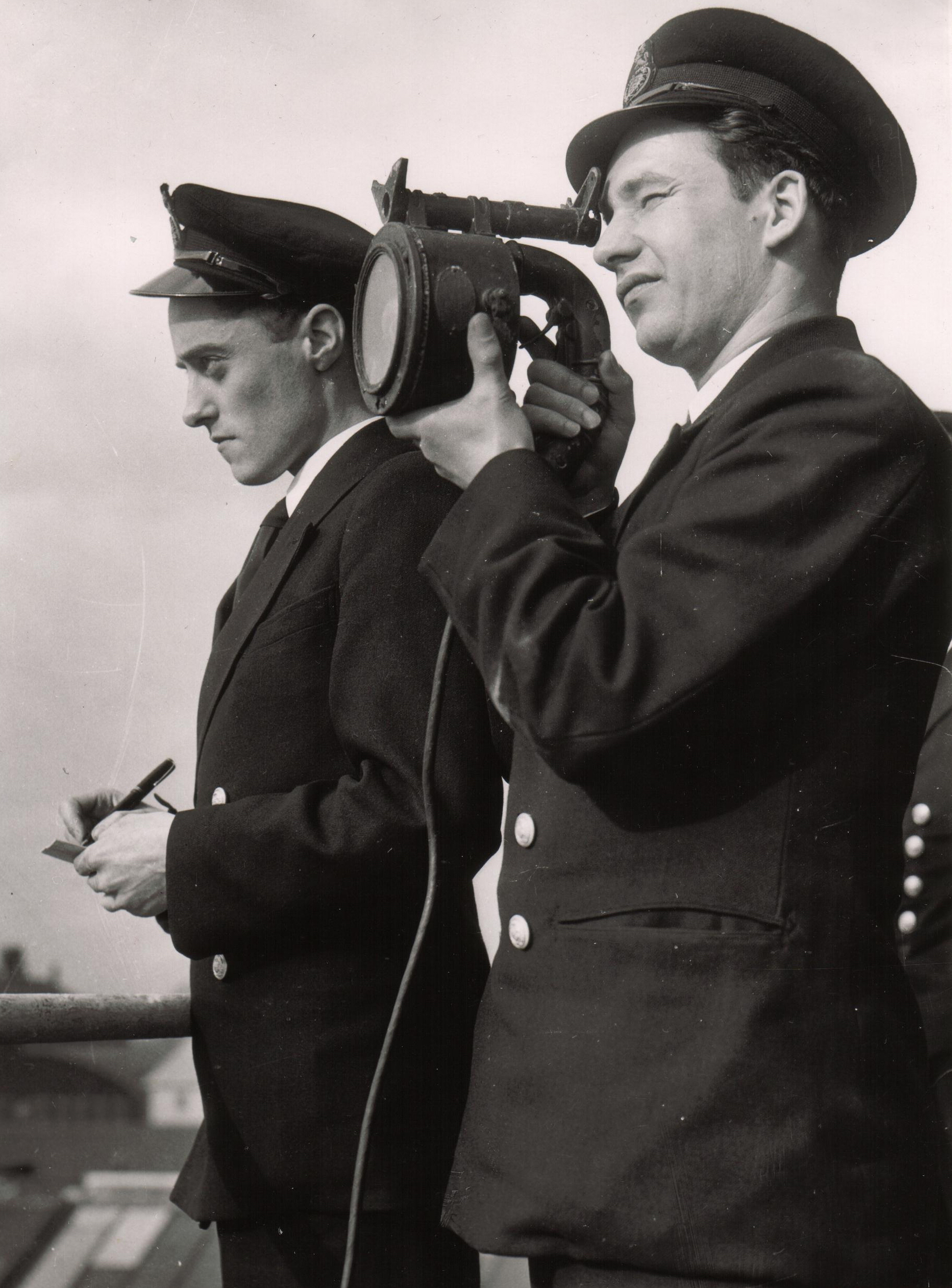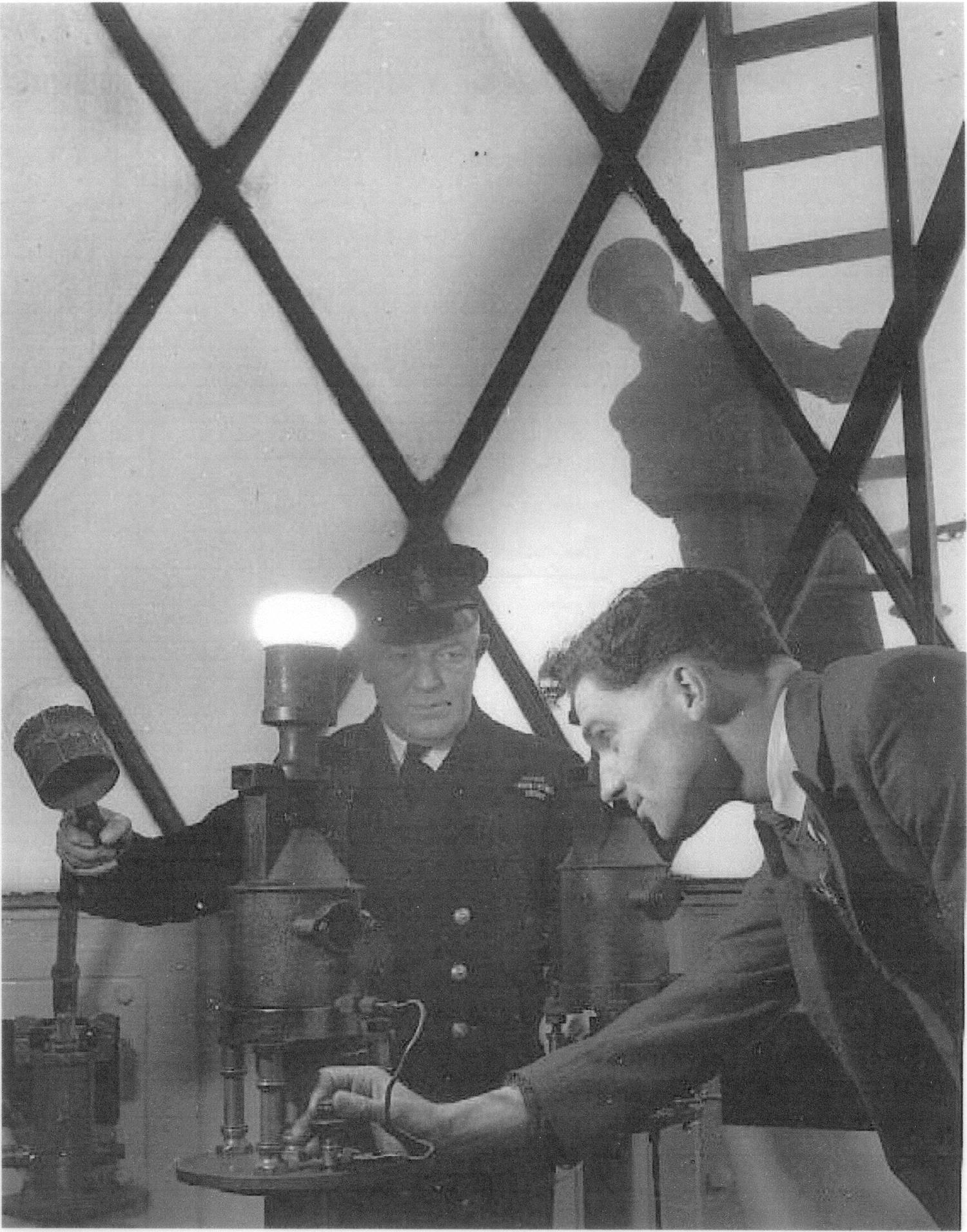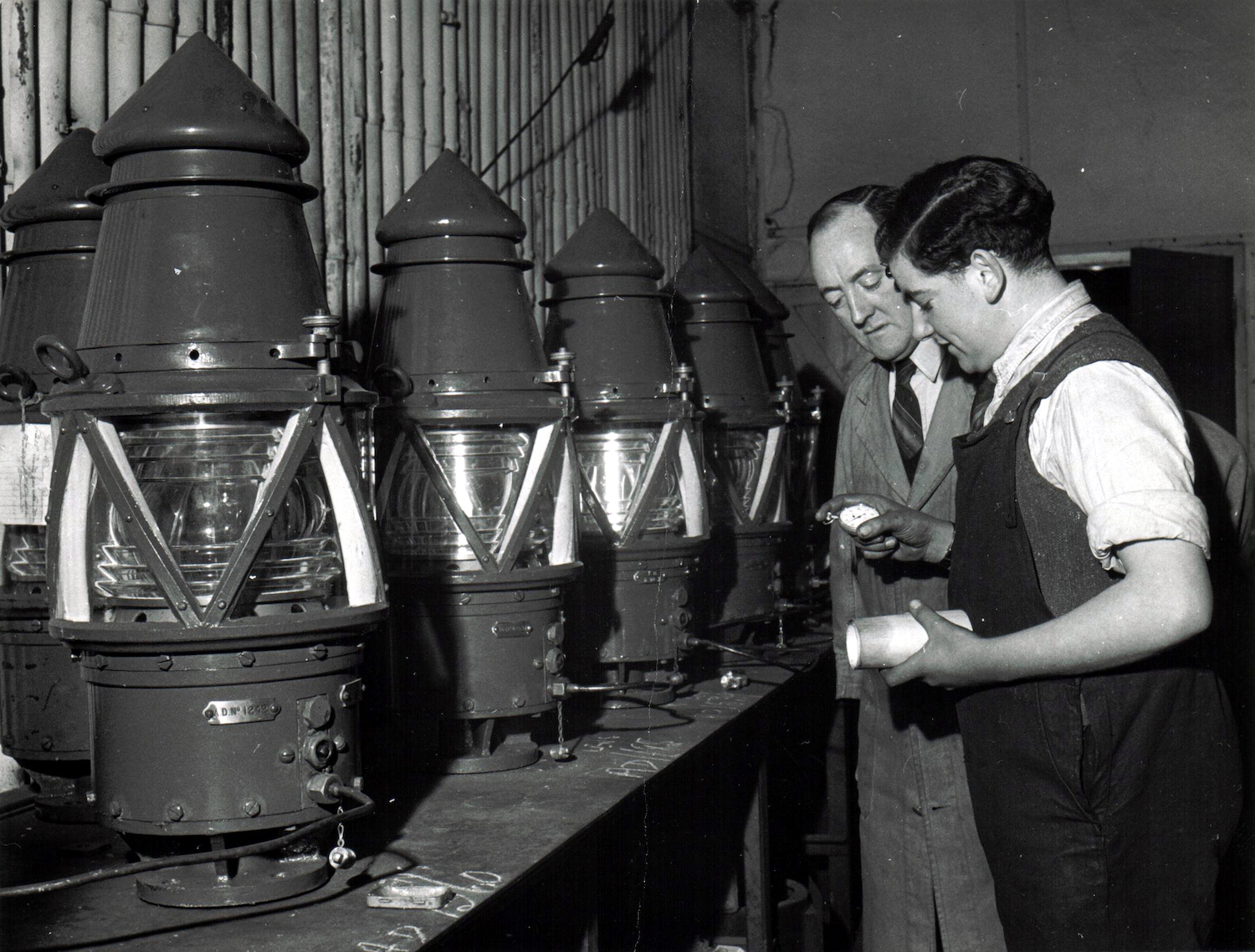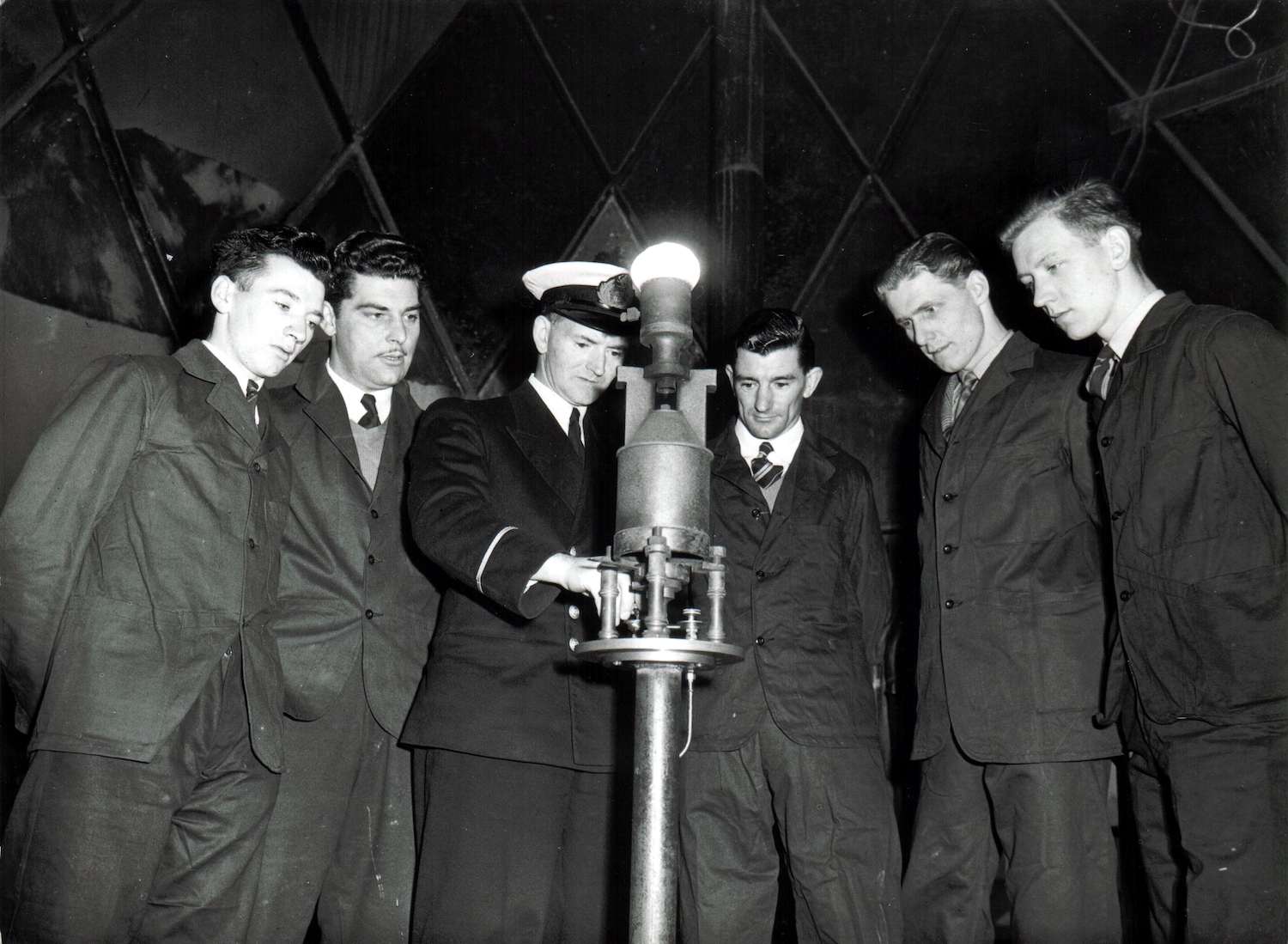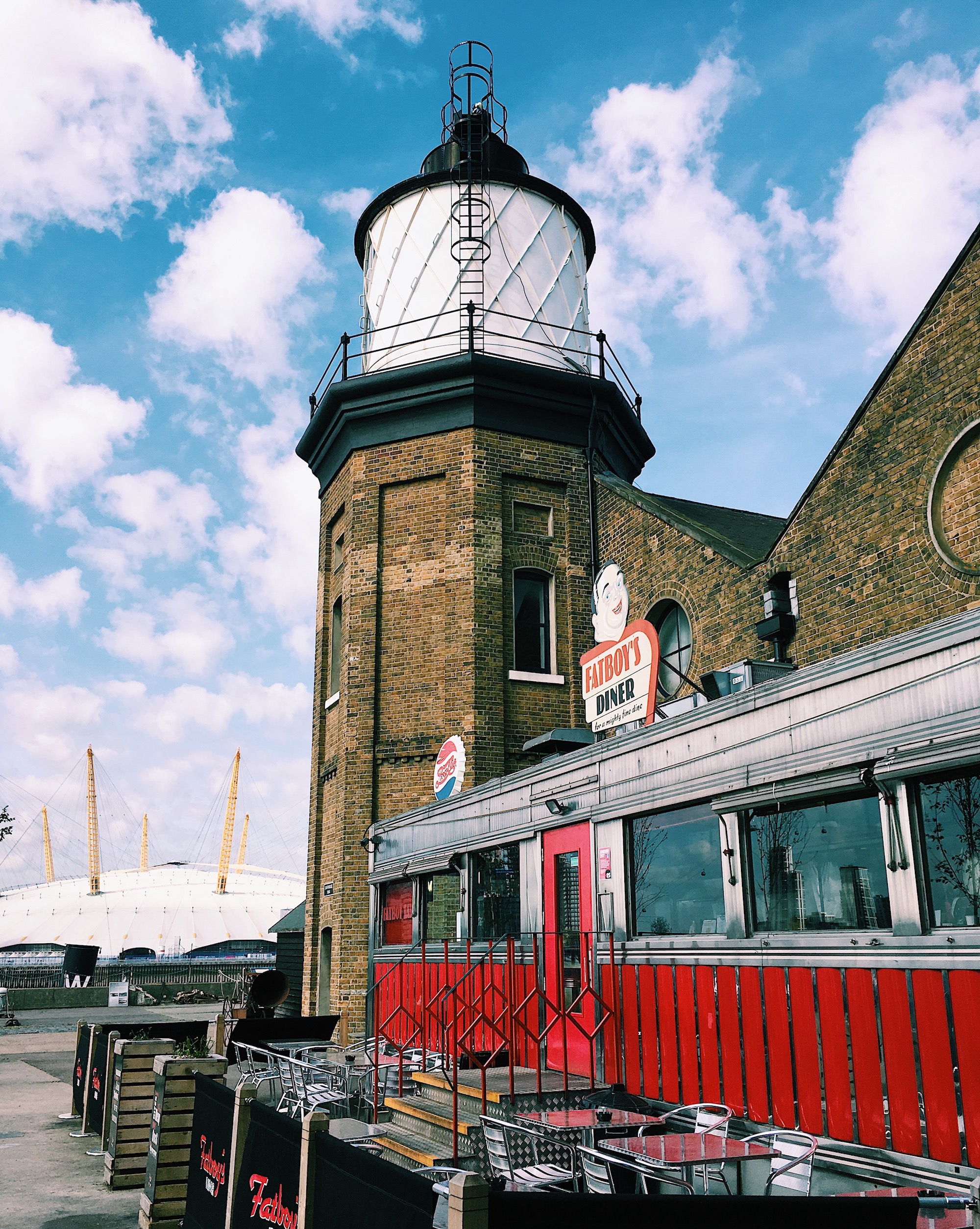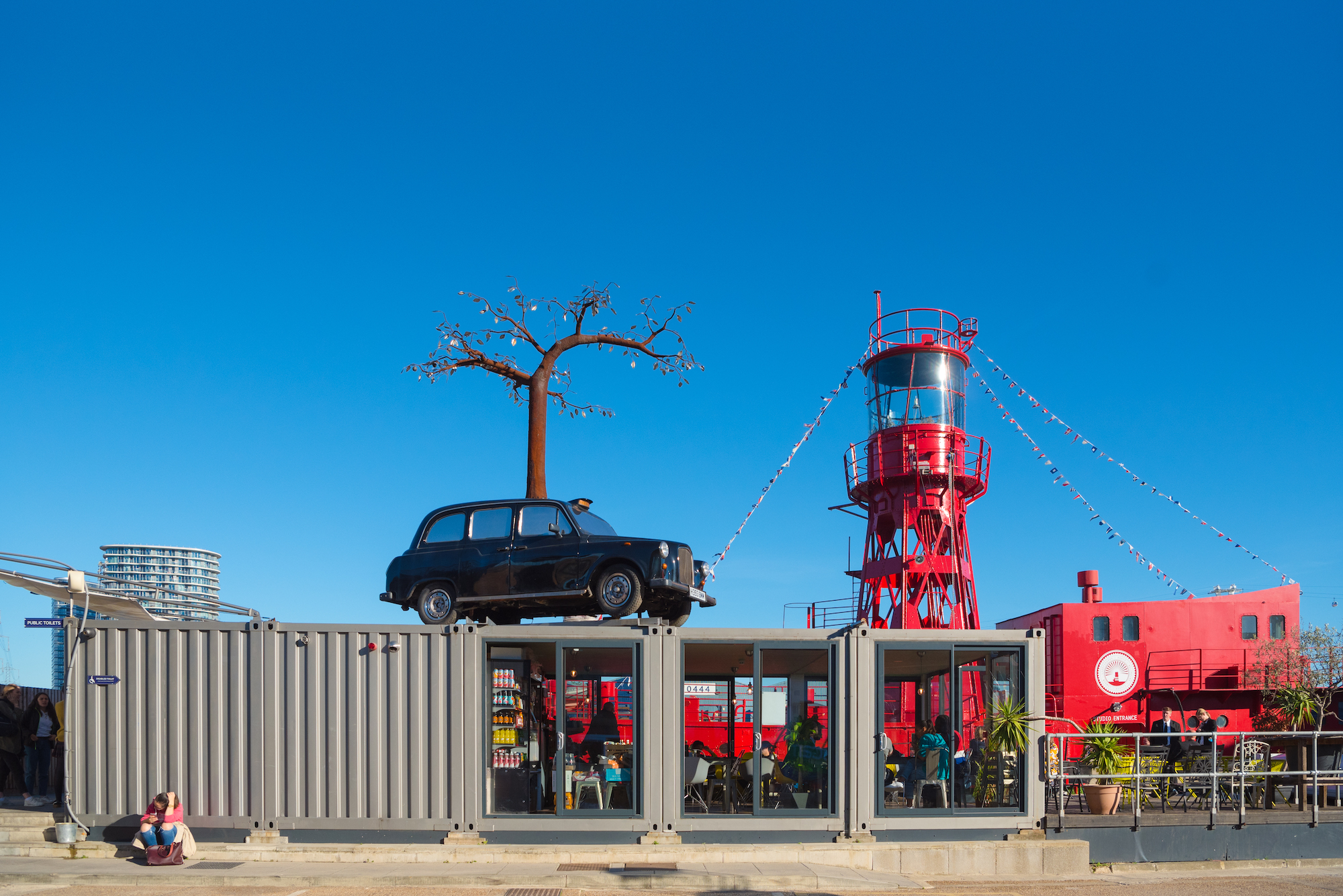Trinity Buoy Wharf
Trinity House was the company responsible for buoys, lighthouses and lightships and pioneering the techniques involved for the safe navigation of England’s coasts. The company has a long, distinguished history, beginning life as a voluntary association of shipmen and mariners, before being granted a charter in 1514 by Henry VIII.
Buoys and sea marks were made and stored here, and with time the site grew to include the Experimental Lighthouse, a Chain and Buoy Store and a number of workshops. It was a key centre for testing maritime lighting equipment and training lighthouse keepers. Famous scientist Michael Faraday was Scientific Adviser from 1836 to 1865 and his workshop still stands above the Chain and Buoy Store. He conducted many experiments with the Experimental Lighthouse, London’s only remaining lighthouse.
By 1910, Trinity Buoy Wharf was a major local employer with around 150 engineers, platers, riveters, pattern makers, blacksmith, tinsmiths, carpenters, painters, chain testers and labourers working there. Throughout the 20th century it continued to supply buoys and lightships to the coast between Suffolk and Kent, modernising with the times. Finally, the Wharf closed in 1988 when it was bought by the London Docklands Development Corporation.
Today the site is a hive of activity and creativity again with over 500 people working here. In 1998 Urban Space Management took on a 125-year lease and there are now studios for the creative industry, classrooms for education, spaces for events, and workshops for the river transportation industry. Organisations that are based here include Thames Clippers, English National Opera, Royal Drawing School, The Big Draw, Trinity Art Studios, Parkour Generations, Orchard Café, Fatboy’s Diner and 40,000 sq ft of new, innovative and sustainable Container City buildings.
Trinity Buoy Wharf is also home to Jem Finer’s Longplayer.
All images © Trinity Buoy Wharf:
1. Lifting the lantern supporting trestle onto high focal plane buoy, January 1959, The Times
2. Chains at Trinity Buoy Wharf
3. Boiler work, 1930
4. School for Lighthouse Keepers, April 1952, Planet News Ltd
5. Inside the Experimental Lighthouse
6. Measuring gas at Trinity Buoy Wharf
7. Mr G.A. Cooper (instructor) explains about the burner with mantle, for lighting in the Lighthouse
8. Trinity Buoy Wharf Lighthouse today
9. Scene at Trinity Buoy Wharf today
Supported by

